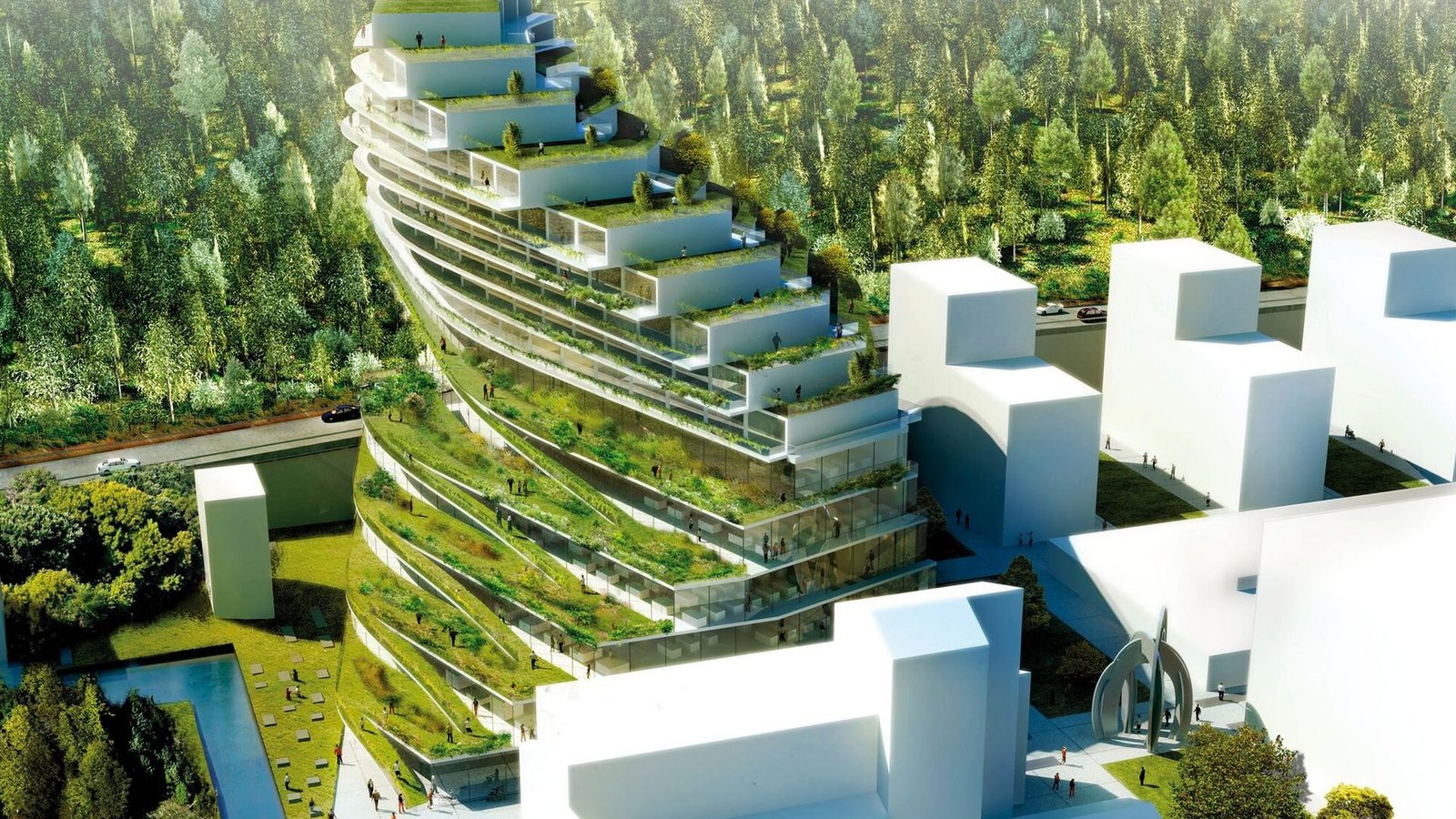When planning a new project, understanding how to conduct risk assessments in infrastructure design is crucial. This process helps identify potential hazards that could impact the project’s success. By addressing these risks early, we can make informed decisions that enhance safety and efficiency. In this article, we’ll outline the steps involved in conducting risk assessments effectively.
Understanding Risk Assessment
The first step in understanding how to conduct risk assessments in infrastructure design is defining what risk assessment means. A risk assessment evaluates potential risks associated with a project. It involves identifying hazards, analyzing their potential impact, and determining how to manage those risks. This proactive approach is essential for creating safe and resilient infrastructure.

Identifying Risks
To begin the risk assessment process, we need to identify potential risks associated with the infrastructure design. This includes natural hazards such as earthquakes, floods, and storms, as well as human-made risks like accidents, vandalism, or equipment failure. Engaging stakeholders, including engineers, architects, and local authorities, can provide valuable insights into the specific risks related to a project. By gathering diverse perspectives, we can create a comprehensive list of potential hazards.
Analyzing Risks
Once we have identified potential risks, the next step is to analyze them. This involves evaluating the likelihood of each risk occurring and assessing its potential impact on the project. We can categorize risks based on their severity, using a simple scale of low, medium, or high. For example, a flood in a low-lying area may pose a high risk, while minor equipment failure may be classified as low risk. This analysis helps prioritize which risks need immediate attention.
Assessing Vulnerability
After analyzing the risks, we need to assess the vulnerability of the infrastructure to these threats. This step involves understanding how the design might be affected by the identified risks. For instance, we should consider how different materials and construction methods can withstand potential hazards. By evaluating vulnerabilities, we can identify areas for improvement in the design to enhance its resilience.
Developing Mitigation Strategies
With a clear understanding of the risks and vulnerabilities, the next step is to develop mitigation strategies. This means creating plans to reduce or eliminate the impact of identified risks. For example, if flooding is a concern, we might design drainage systems to divert water away from critical infrastructure. Other strategies could include reinforcing structures, implementing safety protocols, or using materials that are resistant to specific hazards. Developing these strategies is key to ensuring the infrastructure can withstand potential threats.
Creating a Risk Management Plan
Once mitigation strategies are in place, we need to create a risk management plan. This plan should outline how we will monitor and manage risks throughout the project lifecycle. It should include roles and responsibilities for team members, as well as procedures for reporting and addressing new risks that may arise. Having a clear plan ensures that everyone involved in the project understands their role in maintaining safety and minimizing risks.
Conducting Regular Reviews
Risk assessments should not be a one-time activity. It’s essential to conduct regular reviews to ensure that the risk management plan remains effective. This means revisiting the identified risks, analyzing any new hazards, and updating mitigation strategies as necessary. By continuously monitoring and assessing risks, we can adapt our strategies to meet changing conditions and ensure the infrastructure remains safe and resilient.
Engaging Stakeholders
Engaging stakeholders throughout the risk assessment process is crucial. This includes communication with community members, regulatory agencies, and other interested parties. Their input can provide valuable perspectives and help identify additional risks that may not have been considered. Moreover, involving stakeholders fosters a sense of ownership and encourages support for the project, which is essential for successful implementation.
Documenting the Process
Documenting the entire risk assessment process is vital for transparency and accountability. Keeping records of identified risks, analysis results, mitigation strategies, and stakeholder feedback ensures that all information is easily accessible. This documentation can serve as a reference for future projects and help improve risk assessment processes over time.
Conclusion
In conclusion, knowing how to conduct risk assessments in infrastructure design is essential for creating safe and effective projects. By identifying risks, analyzing their potential impacts, and developing mitigation strategies, we can enhance the resilience of our infrastructure. Engaging stakeholders and regularly reviewing the risk management plan ensures that we remain proactive in addressing potential threats. With a comprehensive approach to risk assessment, we can design infrastructure that meets today’s challenges while safeguarding future generations.




